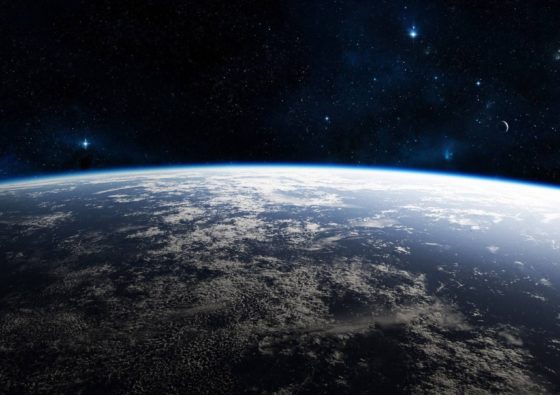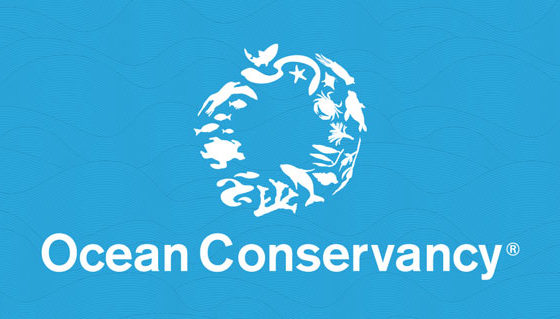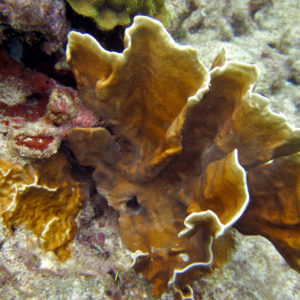What’s the difference between climate change mitigation and adaptation?
Published by the World Wildlife Fund The climate crisis is increasingly distressing. Fortunately, there are many things we can do to ensure our future is as prosperous as possible. These actions fall into one of two broad categories: climate change adaptation and climate change mitigation. These terms go hand-in-hand while navigating through the climate crisis, but […]











